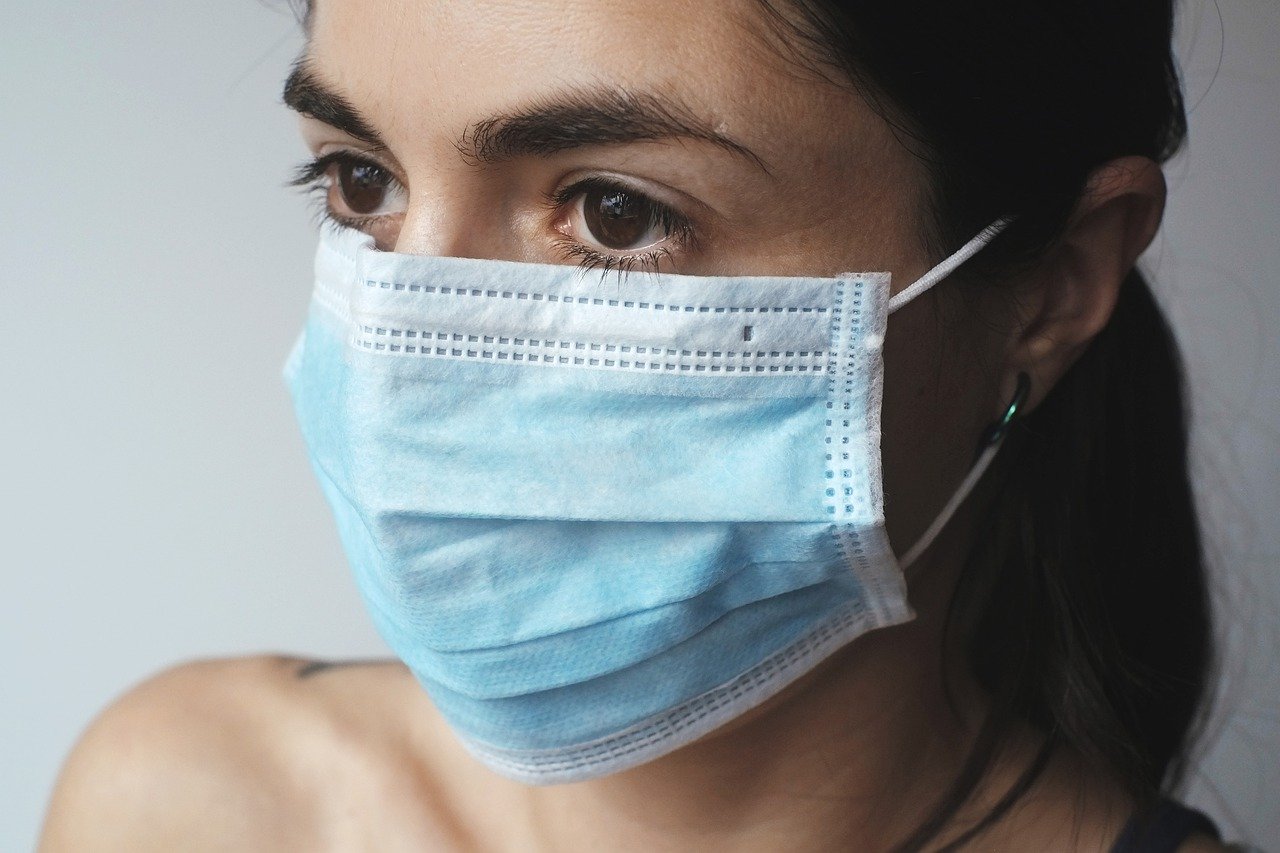While decades of war have damaged Afghanistan’s healthcare system, innovative leaders—from both local and international organizations—are finding ways to boost the country’s response to coronavirus while providing jobs and other local economic opportunities.
Like much of the world, Afghan healthcare workers quickly faced a shortage of personal protective equipment (PPE) as cases of people diagnosed with COVID-19 increased. In late spring, several Afghan factories began production of face masks—a vital tool in stopping the spread of the virus. Not only does mask production create local jobs, but it also significantly decreases the price of masks over more expensive imports.
One such factory went online in Kabul in mid-April. This inaugural mask manufacturing factory, a partnership between the public and private sectors, can employ more than 1,000 people and plans to make as many as 5 million masks. In Herat, a prominent Afghan costume designer has begun making high-quality silk masks for distribution in Afghanistan and around the world.
Here are other ways Afghanistan and its partners are fighting COVID-19.
World Health Organization
In July, the Afghanistan Ministry of Public Health received more than $1.6 million worth of medical supplies, including gloves, goggles, gowns, stretchers, RNA extraction kits, and oxygen concentrator machines from the World Health Organization. The equipment provided much-needed relief to Afghan hospitals, which have been overwhelmed recently with COVID-19 cases. With this additional PPE, Afghan healthcare providers will be kept safer as they provide more testing and frontline care.
According to Dr. Rik Peeperkorn, WHO’s Afghanistan representative, Afghanistan had no testing facilities at the beginning of the pandemic. Now, WHO has opened 11 testing labs that can test up to 2,500 people daily. The organization plans to add another 10 sites in the country. And, along with the $4.2 million worth of COVID-19 equipment it has provided since February, WHO will send an additional $15.4 worth of supplies to Afghanistan to help mitigate the virus’ spread.
“COVID-19 is overwhelming the already challenged healthcare system in Afghanistan,” Peeperkorn told a media outlet. “Laboratories and hospitals require these essential items and WHO is working around the clock to provide critical medical supplies and equipment to support the Ministry of Public Health in ensuring that essential health services are maintained and strengthened.”
WHO leadership also will work with Afghan officials to coordinate their response to COVID-19, manage COVID-19 cases, communicate with the public, and respond quickly to outbreaks.
GlobalGiving
GlobalGiving, the world’s largest crowdfunding community, is raising $10,000 to stock COVID-19 response centers in Kabul and Herat. The organization began by producing masks, but it soon started buying them at a cheaper price from local producers. Now, the organization is focusing on making face shields and hand sanitizer stations, painting social distancing markers in public locations such as outside markets and pharmacies, and distributing masks and face shields to hospitals.
Also, the group has added a focus on community education, which includes making posters promoting ways to prevent the spread of coronavirus. It also plans to organize more creative educational and informational campaigns and activities in Kabul and Herat by designing and distributing leaflets, banners, and posters.
Teams also are hosting hygiene workshops throughout the two cities. “Coronavirus Invaders” promote good hygiene practices by wearing costumes and using megaphones to disseminate information. The group hopes that these activities will not only slow the spread of COVID-19 but instill better sanitation practices that will have a long-term impact on the health of Afghan communities.
Afghan Robotics Team
One excellent example of local innovation is the international award-winning Afghan Robotics Team, comprised of six high school girls who have designed and built a lightweight ventilator at a low cost—about $700 compared to the typical price of $20,000 per ventilator.
“Most patients with coronavirus die because they cannot breathe,” team captain Somaya Faruqi, 18, recently told a media outlet. “That’s why we decided to build a ventilator in Afghanistan because the number of these machines is low in Afghanistan and other countries. We hope that by building this machine, we will be able to use it in hospitals.”
The ventilator, which is based on plans from the Massachusetts Institute of Technology and can run on battery power for up to 10 hours, could be vital in easing Afghanistan’s ventilator shortage. In mid-July, the country had only about 800 ventilators and a quickly rising number of COVID-19 cases.
The Afghan Ministry of Public Health is currently testing the ventilators. If approved, health officials hope that the ventilators will reduce Afghanistan’s dependence on other countries for medical equipment to fight the virus. The design for the ventilator, if successful, also will be shared with WHO.

